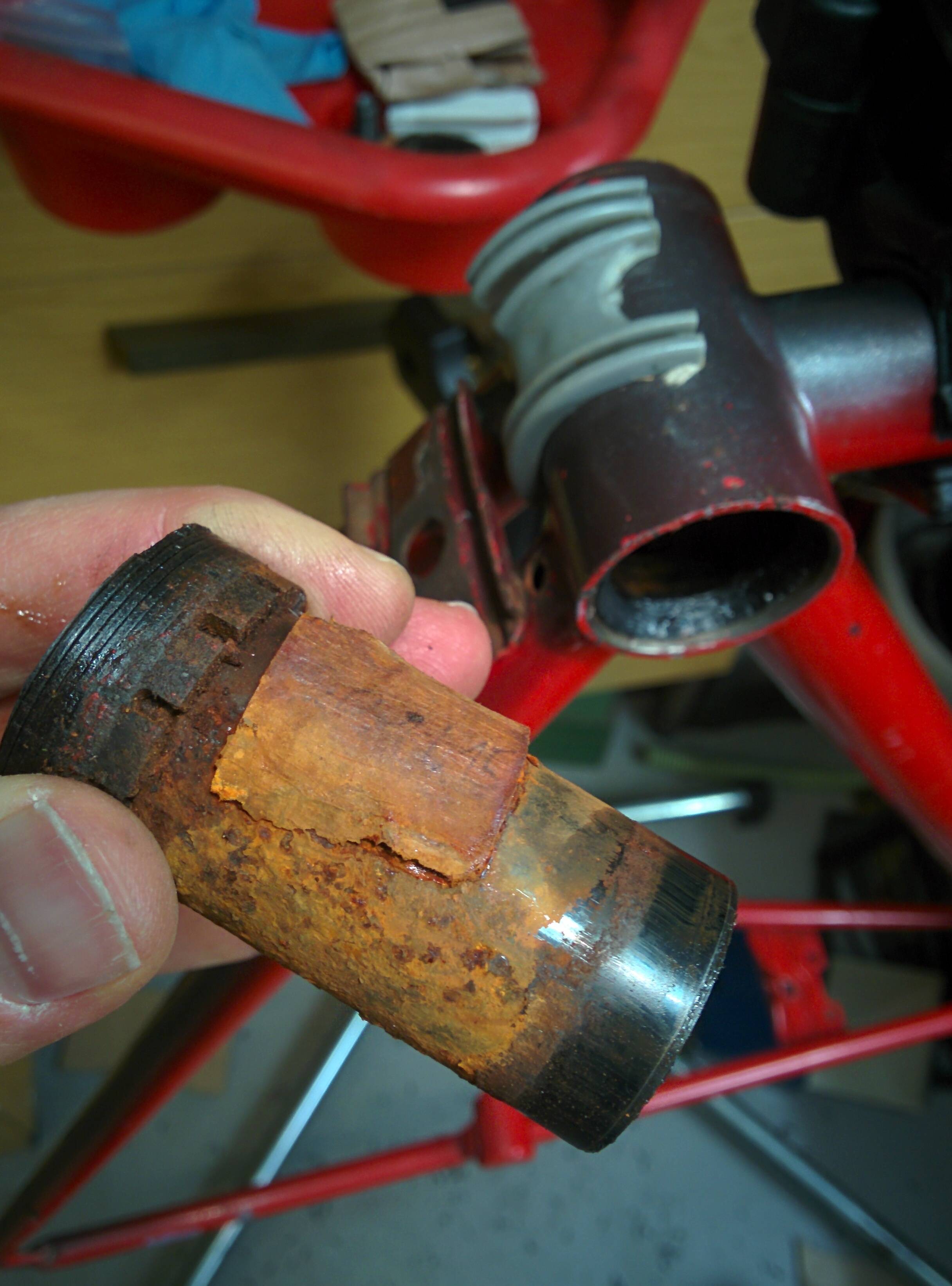FAG bottom brackets (BB) with plastic mounting rings are very common in Germany. The cartridge bottom bracket is really good and resilient, however the polyamide (PA) mounting rings are horrible.
As you found out there is a tool to turn the splined outside (rosette shaped). It is inexpensive and easy to get in Germany (< 10EUR). However, unscrewing the PA mounting rings often fails. The polymer material conforms to the thread and all its imperfections and thus has too much friction in the thread. The bulk of the material is not strong enough to transfer the momenta needed to overcome this. As a consequence it is very easy to simply twist off the entire outer part of the cover including the splines or mangle the splines.
I had to remove such brackets before. In one case I could remove the mounting ring on one side of the bracket with the tool. It is easy then to take out the cartridge and get out the other shell. If one side fails, be very careful with the other one. Try to use penetrating oil, use plenty of it and give it a lot of time to enter. Make sure you turn the correct way.
both mounting rings stuck
failures
Recently I had a bike where both mounting rings were stuck*. In my case the mounting rings were pressed in. My frame had no threads whatsoever in the bottom bracket shell. I will briefly describe what I did and then continue with how I think it could be done better. Starting with my entirely futile first attempts.
I supported the frame well on wooden blocks and used a mallet to hit the spindle. This had no effect whatsoever.
I used a clever arrangements of a vise and wooden blocks to push the spindle.
I removed the outer part of the mounting ring, which serves as dust cover, with a woodworking chisel. I removed more PA material to form a 45 degree face until the outer edge of the cartridge shell was accessible. I selected a deep socket with the same outside diameter as the cartridge. A short length of any pipe would do. I placed it over the cartridge and tried above two methods.
I repeated the same on the other side.
I drenched all gaps with penetrating oil, let it stand overnight, warmed everything with a heat gun, and tried approach 3. from both sides.
None of above attempts moved the BB a bit. I removed the dust covers from the cartridge, removed the bearing balls, and took out the spindle. This left me with the empty cartridge shell, held by the remnants of the PA mounting rings, stuck in my frame's BB shell.
- I tried to saw through the shell of the cartridge by inserting a saw blade and mounting it in a hacksaw.

After wasting two mediocre quality saw blades and lots of toil I gave up. The races of the BB bearings are directly in the shell of the cartridge. The steel around it is hardened through. It is not just surface hardening. I did not want to invest into a diamond coated saw blade. Nor did I have any means to grind through the shell (which would be more than tedious without a power tool that could access the narrow apertures. Don't let the deep cut in the picture mislead you, the cut is only deep where the steel was not hardened.
success
What finally led to success was the following approach:
I chiselled off all of the PA 6 material down to the edge of the cartridge. I applied plenty of penetrating oil in a widened gap that worked as a funnel. Then I heated the cartridge shell with an excellent heat gun and a small propane torch. I used a socket (see 3) as punch and a wood working clamp to press out the cartridge, changing sides repeatedly.
After a few iterations this led to the plastic of the mouting rings to move out a little. I chiselled that off again. And repeated the procedure. Within about 20 minutes I was able to remove all of the cartridge.

method
Based on my experience I suggest the following approach.
A. cut away all of the PA mounting rings that stands out of the BB shell. In particular remove the PA parts that cover the cartridge.
B. remove dust covers from the cartridge bearings. Then remove bearing balls and spindle. Clean the inner part of the cartridge shell.
C. chisel away as much of the PA mounting rings as you can. In particular enough to form a depression that functions as a funnel to channel penetrating oil into the gap between PA mounting rings and cartridge. Fill it up with penetrating oil and let it all seep in.
D. Find an appropriate piston, eg a socket, and press out the cartridge with a vise or clamps. Excellent support on the other side is crucial here. Otherwise you will not be able to apply enough force (without braking the frame).
Repeat D alternating sides. This may wiggle out the cartridge. Apply heat to the empty cartridge shell. The melting point of PA6 is 220 C; the PA of the mounting rings might get soft at a similar temperature. Although, a much lower temperature might suffice if enough force is applied. Be careful not to set the penetrating oil on fire!





